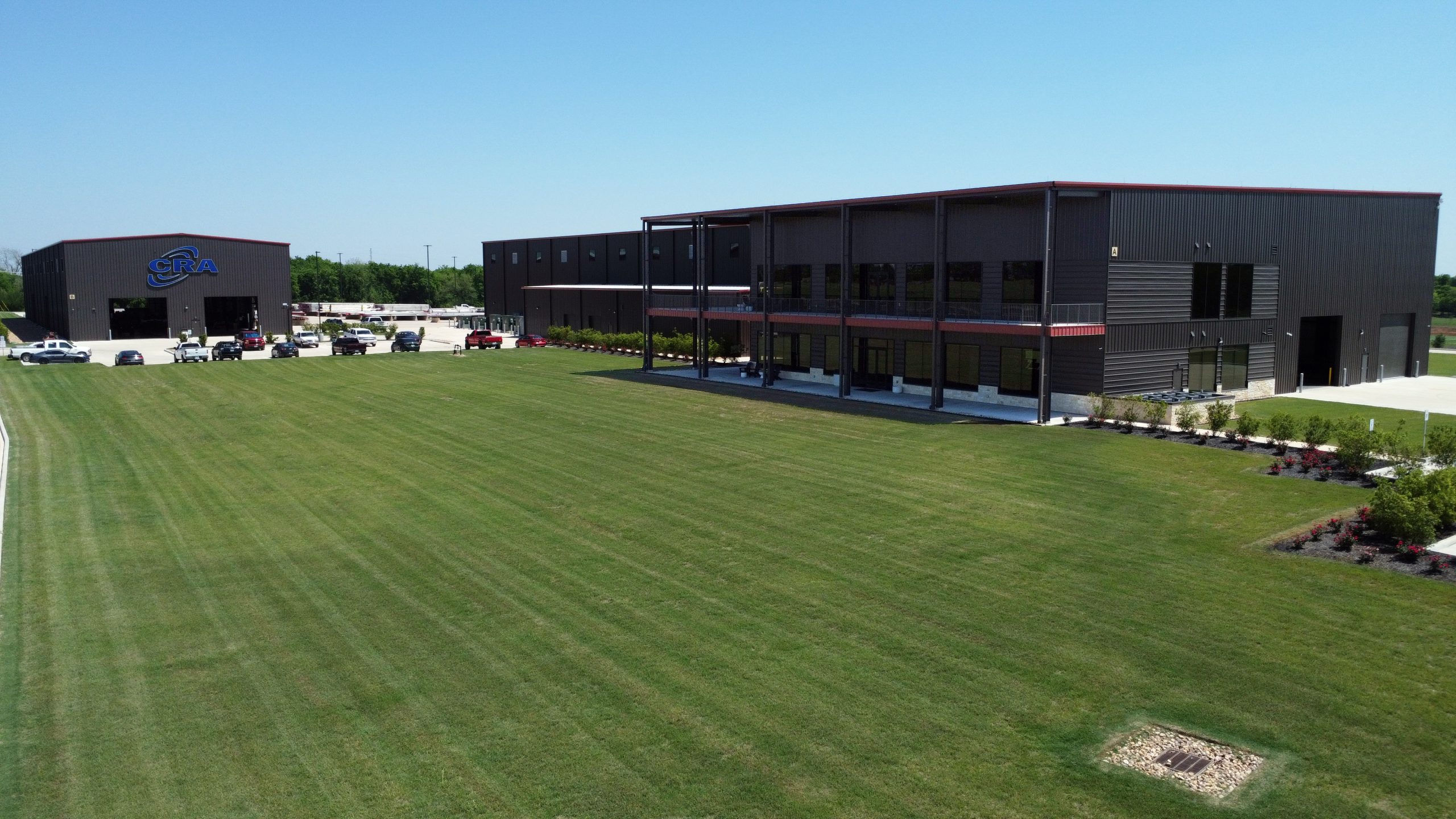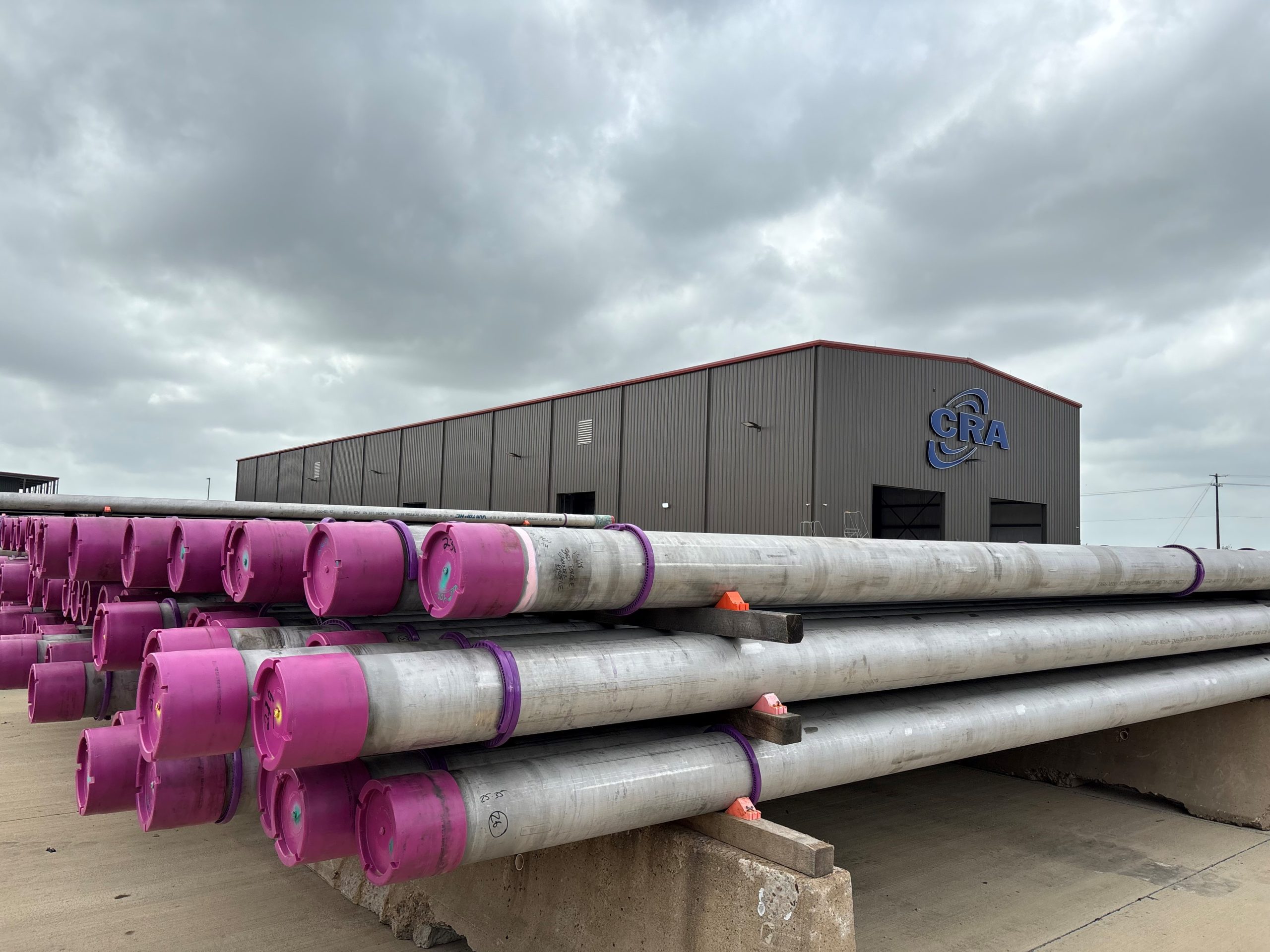Corrosion Resistant Alloys (CRA) is the only API 5CRA mill in North America that manufactures super duplex and nickel alloys. Since the company’s inception in 2002, it has evolved through iteration, experience, and changing markets to establish itself as an agile alternative to traditional manufacturing and supply chain practices. The agility CRA’s Just in Time methodology provides succinctly benefits its customers and the company’s objective to build partnerships.
Stainless Steel World Americas had the pleasure of speaking with Cole Patchell, President of Corrosion Resistant Alloys, to discuss the company’s Just in Time business model, choosing partnerships over competition, and its unique outer diameter (OD) capabilities.
By Kristen Charles, Stainless Steel World Americas
Corrosion Resistant Alloys (CRA) succeeds where other businesses have failed. By staring down challenges and owning past oversights, the company has evolved into a business where flexibility permeates the company’s entire infrastructure. Cole Patchell took over as president from his father, CRA’s founder John Patchell, almost two years ago, and he is continuing to steer the company towards further growth. “When we started, we were brokering material from various mills and acting as a middle facilitator in the business, but as time evolved, we went from being a trading house to embodying a distribution-type model.” Fast forward to 2025 and the company supports two pillars: the manufacturing side of the company and the trading side of the company.

The Evolution of Just in Time
Large inventory buildups were part of CRA’s initial business model as a byproduct of the company’s position in the supply chain. Standard mills have long lead times on deliveries, and orders need to be placed as much as a year in advance, sometimes more. Distribution requires the adoption of a speculative position on inventory; however, CRA identified that needs are always changing. “We would receive the supply only to discover it is obsolete or there is a new trend in the industry,” said Patchell. “The Just in Time paradigm is a distinct third model that allows customers to place orders closer to their ‘need date’. Both the trading and manufacturing sides of our business revolve around this third model.” Just in Time has reduced CRA’s necessary inventory purchases. The company is now better prepared to navigate geopolitical or other market uncertainties, and it has been able to apply processes that are more efficient than traditional distribution practices.
Despite CRA’s change in business model, it firmly believes there is a strong need for standard mills and distribution. “Our purpose is not to displace or take away business from these other mills. Our Just in Time space is where we want to reside. It is not our intention to creep into some of these other areas. From an equipment and capability perspective, we want to remain in our niche.”
Technology and Logistics
Technology is integral to the Just in Time process, which is less about the actual equipment and more about the logistics. Traditional mills do not melt until they receive an order; CRA begins the process before it receives an order, so the company holds semi-finished inventory all the time. “It is a risk and there have been instances where we have miscalculated,” acknowledged Patchell. “But it means we do not have to try and anticipate what sizes will be needed. It allows us to move into other industry segments in addition to oil and gas, such as aerospace, Department of Defense, chemical processing, or waste disposal. This approach coupled with our intentionality on maintaining reserved capacity for quick needs allows us the flexibility we need at the most critical points in production.”
Actuals Versus Forecasts
CRA reached a turning point once it accepted the ineffectiveness of maintaining an infrastructure based on predicting an outcome over which it has no control. Distribution requires anticipation of future needs for an unpredictable future, and the Just in Time model provides the dexterity needed to weather an uncertain future. In the past, CRA conducted analysis and received forecasts from key customers, but the predictions, no matter how thoroughly researched, were often flawed. Instead of worrying about forecasts, the company employed a structure that compensates for whatever is happening in the market. While CRA cannot carry all product lines, it has in-house technical expertise that can make adjustments according to preferences.

Collaboration Over Competition
CRA is adamant about its commitment to work with and not against standard mill manufacturers, and its focus is on business that is disruptive or unappealing to these companies. “We want to be a toll worker for other mill manufacturers. I think anytime people see an acquisition, they think you are coming for their business, and that is not our objective. I will continue to stress that our goal is not to change our business model,” said Patchell. The company aspires to continue fostering two types of relationships: customer related and partner related. “When we consider equipment acquisitions, we ask ourselves first if that capability already exists. We aim to purchase equipment not many companies have and believe this philosophy is mutually beneficial. We do not want to disrupt what they do well, and do not want them to disrupt what we do well.”

The Connection Between Progress and Integration
CRA’s Canton, Ohio, location currently operates as the company’s manufacturing location, but the company is close to commissioning its new manufacturing headquarters in Brenham, Texas, just outside of Houston. The facility is situated on 173 acres, but the company has access to 535 contiguous acres they can access. “We opted for a greenfield site that allows us the flexibility to incorporate environmentally friendly and adaptive initiatives. Many companies move their facilities into rural areas and are immediately in conflict with the local community,” said Patchell. “But Brenham has been very welcoming. They like how the facility looks, and they appreciate the ongoing communication. The community’s strong values and sense of pride are abundantly clear.” Prior to choosing the Brenham site, CRA considered other locations, including numerous industrial parks. A major consideration was the geographic location of most of the team, and it was important for the company to honor rather than displace the existing team.
The Integration of SXP
CRA has outlined five phases that guide the company’s continued progress. The commissioning of Brenham is Phase One, and it will significantly increase CRA’s capacity by four to five times. “The Schultz, or SXP, acquisition helps us secure strategic equipment for future phases and specifically provides the company with the ability to enter Phase Two,” explained Patchell. “This is a big deal for us because we will have the three largest cold pilger mills in the Western Hemisphere. Strategically, we are trying to aggregate distinguishable capabilities. CRA has three key value propositions: quality, reliability, and speed. Quality and reliability are must haves, especially as high alloy manufacturers. Speed promotes our proficiencies on a Just in Time-type basis.”
Distinguishable Capabilities
CRA’s large diameter offerings are proving beneficial. The company is receiving a significant increase in requests for large diameter products, and many of these requests involve greener initiatives like carbon capture, utilization and storage (CCUS). This capability positions the company to make some of the largest outer diameter (OD) high alloy, seamless materials that are currently on the market. The acquisition of SXP equipment allows the company to pursue multiple opportunities and industry segments at the same time. It also affords the ability to incorporate a backup plan in the event of an unexpected situation. “Focusing on large diameter provides many benefits. A lot of mills cannot produce anything over 95/8 inches, but we will be able to provide just under 14 inches. Only select groups can participate in that kind of business. Most of the business we pursue is dependent on macro movements and our ability to act quickly. We are usually involved in most of the fast track, new projects, like carbon capture and storage.” Larger OD options allow customers to increase the scale of their projects.

CRA has been able to supply customers with large diameter pipe in long lengths, which increases the safety benefits and economic advantages while reducing risks to their projects.
Commitment to Sustainability
Because the company’s Just in Time model provides such dexterity, CRA has been able to engage multiple business segments and navigate changing markets. “Oil and gas has always been prominent in the energy sector, and then a larger emphasis was placed on energy transition. Now we are noticing a balance between the two. And we are seeing greener initiatives that facilitate cleaner production of hydrocarbons. We are witnessing cross-industry collaboration and efficiency gains. We recently had a discussion with someone about a data processing center. We were not involved in these types of conversations five years ago, but different worlds are coming together.” Patchell believes the company has a social responsibility to manage its operations from a sustainability standpoint. Sustainability is entrenched in CRA’s business model. The company utilizes recycled products at scale in its operations, which allows the company to document its greenhouse gas mitigation process versus traditional manufacturing processes. “We are taking waste that is already in the ecosystem and converting it into a usable product.”

Just in Time for the Future
CRA does not typically create five-year plans. Instead, it creates a vision and steers towards growth, ready to be agile and navigate change. Patchell believes energy-related distribution will evolve compared to other market sectors and that alternative energy will continue its progression versus traditional oil and gas. “At one point we were 99 or 100% oil and gas, but I think at some point in the next five years, there will be a big difference in that distribution. We are already moving in that direction and have seen where our model can be of value in other industry segments. However, as we diversify into other areas, we will not take shortcuts. We have a 97% quality and reliability rating, which means we have very few quality rejects. When we say we are going to deliver it, we deliver it. That is because we are committed to doing it right every time.” CRA will continue incorporating dexterity into its business plan, adding value to and identifying unique capabilities, and fortifying partnerships. With a mindset that embraces agility, the possibilities are limitless.

